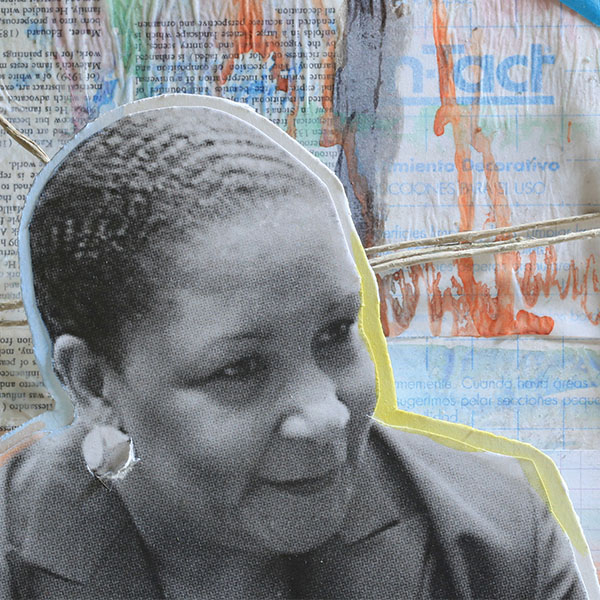There are three aspects to my job: one is analytical, which means I'm in a lab, examining, analyzing, and trying to match prints. Another chunk of my job is working out in the field, analyzing a crime scene and gathering evidence. The third part of my job is the legal side of things, when I'm going to court to testify in a case. On any given day, I could be working in any one, or even all three of these roles. Personally, I prefer the analytical side, but I also enjoy being out in the field.
CAREER
Forensic Science Technicians
Overview
Salary Median (2023)
$64,940
Projected Job Growth (2023-2033)
+14.1% (faster than the average)
Career
Roadtrip Nation Leaders in This Career
What Forensic Science Technicians Do
Collect, identify, classify, and analyze physical evidence related to criminal investigations. Perform tests on weapons or substances, such as fiber, hair, and tissue to determine significance to investigation. May testify as expert witnesses on evidence or crime laboratory techniques. May serve as specialists in area of expertise, such as ballistics, fingerprinting, handwriting, or biochemistry.
Other Job Titles Forensic Science Technicians May Have
Crime Lab Analyst (Crime Laboratory Analyst), Crime Scene Analyst (CSA), Crime Scene Technician (Crime Scene Tech), Criminalist, CSI (Crime Scene Investigator), Evidence Technician (Evidence Tech), Forensic Science Examiner, Forensic Scientist, Forensic Specialist, Latent Print Examiner
How Leaders Describe a Typical Day at Work
Tasks & Responsibilities May Include
- Collect evidence from crime scenes, storing it in conditions that preserve its integrity.
- Keep records and prepare reports detailing findings, investigative methods, and laboratory techniques.
- Use photographic or video equipment to document evidence or crime scenes.
- Testify in court about investigative or analytical methods or findings.
- Use chemicals or other substances to examine latent fingerprint evidence and compare developed prints to those of known persons in databases.
This page includes information from theO*NET 29.2 Databaseby the U.S. Department of Labor, Employment and Training Administration (USDOL/ETA). Used under theCC BY 4.0license. O*NET® is a trademark of USDOL/ETA.









